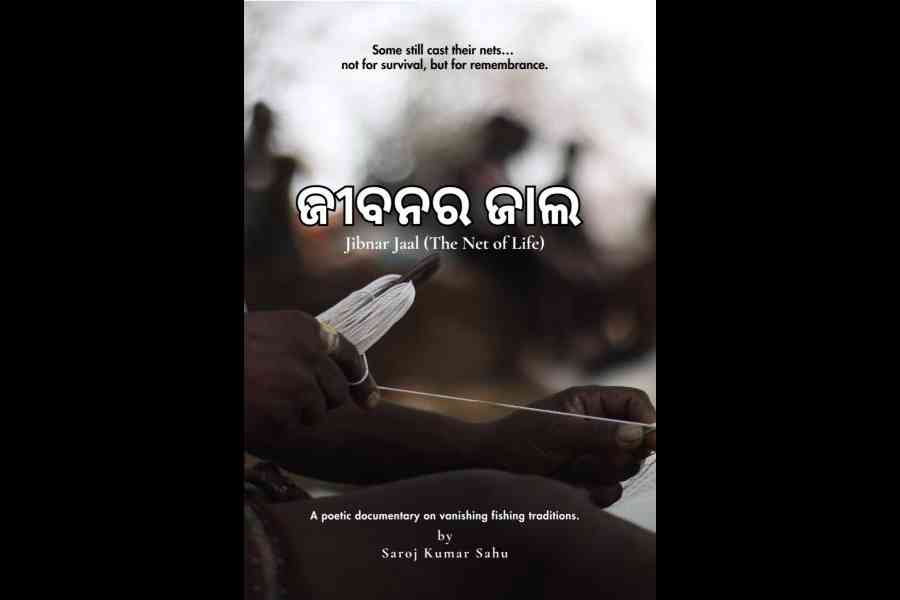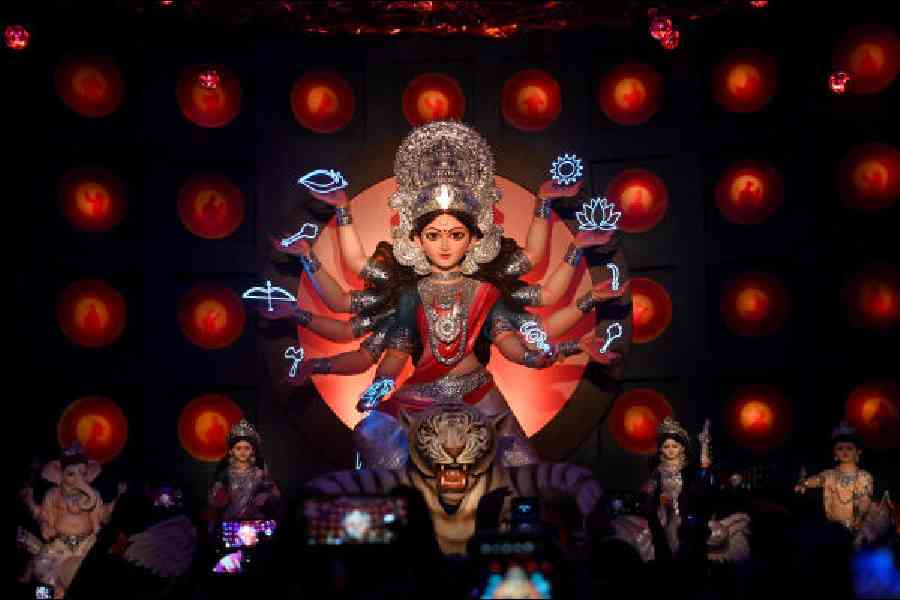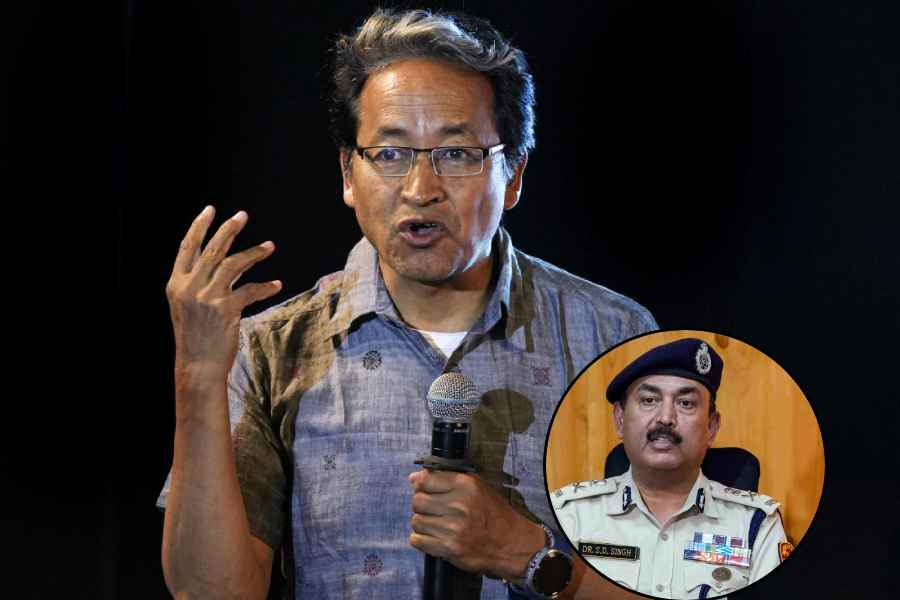 |
With the Hindi film industry no longer the refuge of “bad girls”, an actor in the family has actually become a matter of pride even for very well-placed parents. On Wednesday night, there was energy and excitement in the well-heeled circle of friends close to Aditya Puri, managing director of HDFC Bank, as all of them gathered at Lighthouse Box, the swank new preview theatre owned by Farhan Akhtar and Ritesh Sidhwani. What on earth were all of them doing there when Puri had just been awarded the Best Banker Award at a swishy do at a five-star hotel a couple of hours ago?
Friends, family and the Puris were there to cheer their daughter, Amrita, who is the leading lady of this week’s much-acclaimed film Kai Po Che. And all of them were at the preview theatre for a special screening of the film. Assorted relatives and friends burst into collective applause when Amrita Puri’s name flashed across the screen in the credit titles. In a scene where she hates maths, there were indulgent giggles that she didn’t have to playact that shot. And in the interval a big chocolate cake was cut (along with a load of snacks) for both father Aditya who had just won his award and for daughter Amrita for her new release.
It is a heart-warming sight to find a daughter’s positive step forward being cheered so heartily by her family. And with the banishing of the old stigma that was once associated with actors, there is a special glow over the good work done by a daughter. This is genuine pride, not the desperate fawning of parents who need their daughter’s career for their own sustenance. There is also no “Haw, how could she? She’s from a good family” frown over her intimate scenes. This is truly a newer India.
Amrita was earlier seen in Aisha, the chick flick, as one of Sonam Kapoor’s friends. But in Kai Po Che, hers is the only strong female presence in a film that’s essentially about three buddies. And with the Rock On! director, Abhishek Kapoor, at the helm, this is a far superior film, a step up for Amrita, and one that will get noticed, irrespective of its fate at the box office (it is more for the multiplex audience).
It’s an I’m-not-a-flash-in-the-pan moment for Abhishek too, whom all of us have known as Gattu for several decades now. Few would remember that way back in 1997, Gattu himself had wanted to be an actor, like his uncle (mother’s brother), Jeetendra, and he was the hero of Uff! Yeh Mohabbat, a film co-starring his then girlfriend, Twinkle Khanna (called Tina by most). So much has changed in all their lives between then and now. In the intervening 16 years, Tina gave up acting and is the happy Mrs Akshay Kumar. Gattu has a new girl in his life; his attempts at acting flopped and it took him a decade to re-invent himself as a director who stays firmly behind the camera.
A critically acclaimed, commercially successful Rock On! did it for him, even if Gattu had tried to get into filmmaking years before that. With Kai Po Che also turning out to be an extremely well-directed film, Abhishek Kapoor has joined the ranks of Subhash Ghai, Shekhar Kapur and Rakesh Roshan — all of them fell as actors and rose as directors.
Interestingly, in its quest for new flavours, Hindi cinema is finally going beyond the bhangra-and-karva chauth vivaciousness of Punjabis to discover that India has other states with equally vibrant cultures. Abhishek Kapoor may be a dyed-in-the-wool Punjabi but his Kai Po Che goes into the dhokla and dandiya land of Narendra Modi, topped with the Sabarmati Express and Godhra carnages.
Sanjay Leela Bhansali, a Gujju himself, gave a whiff of his state years ago in Hum Dil De Chuke Sanam, followed it up with an authentic Bengali ambience in Devdas, turned Islamic in Saawariya, went into Goa for Guzaarish and is now back to homeland Gujarat for Ram Leela. He has studiously stayed away from replicating the Yash Chopra-Karan Johar brand of hearty Punjabi cinema. Nothing wrong with it, except that Punjab alone does not represent India. And Hindi cinema seems to be finally waking up to it.
Bharathi S. Pradhan is editor, The Film Street Journal










